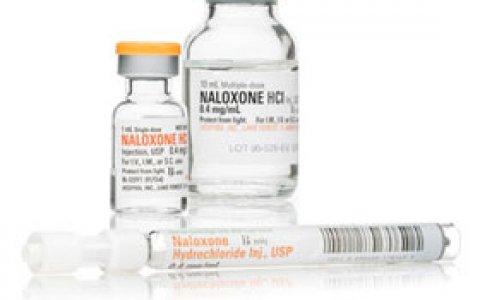Knowledge of opioid overdose and attitudes to supply of take-home naloxone among people with chronic non-cancer pain prescribed opioids
Take-home naloxone (THN) is recommended to prevent deaths from accidental overdose among people who use pharmaceutical opioids for chronic non cancer pain. However, some clinicians are reluctant to discuss naloxone for fear of causing offence. Also little is known about how familiar people with chronic non-cancer pain (CNCP) are with identifying overdose symptoms, or their attitude towards naloxone. By contrast, people who inject heroin are known to have good knowledge of overdose symptoms and positive attitudes to naloxone.
Using a subset of the POINT study, a long term cohort study of 1500 people prescribed opioids for CNCP, 208 participants were asked about their knowledge of overdose symptoms and about their attitudes to take home naloxone.
Of concern, participants who completed Opioid Overdose Knowledge Scale (OOKS) answered the majority of the questions incorrectly, suggesting that knowledge of overdose symptoms among this group is poor.
Given that opioids have a well-established risk of respiratory depression as a side effect, these findings suggest that there is scope for prescribers to educate patients and their significant others regarding overdose signs and symptoms. This is particularly relevant given that previous research has found that for most cases of prescription opioid-related mortality there is a family member or caregiver present indicating an opportunity for intervention.
Patients were very receptive to the concept of naloxone once it was explained to them and, in contrast to clinicians’ fears, were not likely to be offended if it was offered.
Typically, this sample thought that the supply of naloxone was a “good” or “very good” idea and they would expect or appreciate their doctor discussing take-home naloxone with them; only a minority of participants reported that they would be offended if their doctor offered it to them.
Participants reporting some overdose risk factors (eg past year tobacco and cannabis use) appeared more likely to be positive about naloxone provision, suggesting that targeting naloxone supply toward higher-risk patient groups would not only make clinical sense, but may be more acceptable to patients.
Importantly, findings suggest that education around opioid toxicity symptoms is needed if naloxone is to be supplied, to inform the decision as to the appropriate time to administer naloxone, and thus maximize potential efficacy of take-home programs in reducing mortality.












